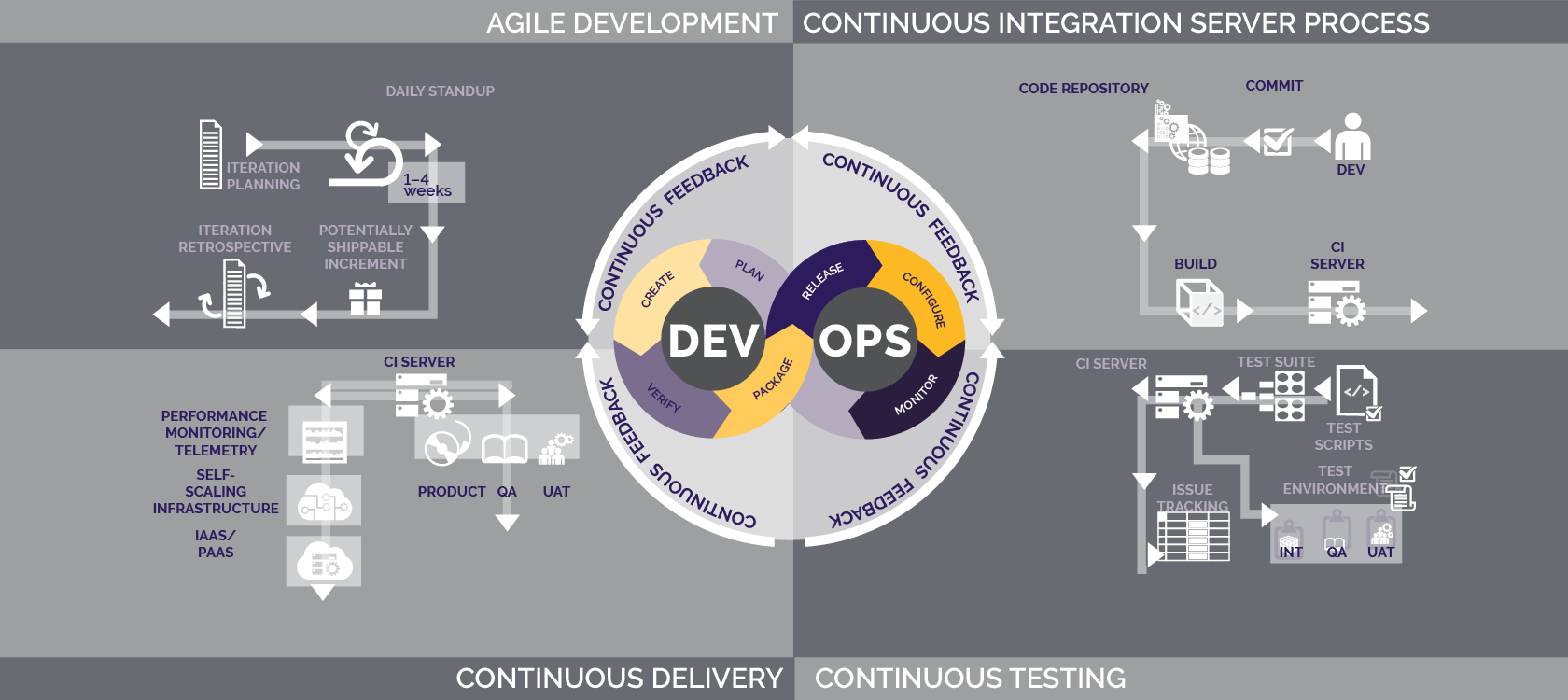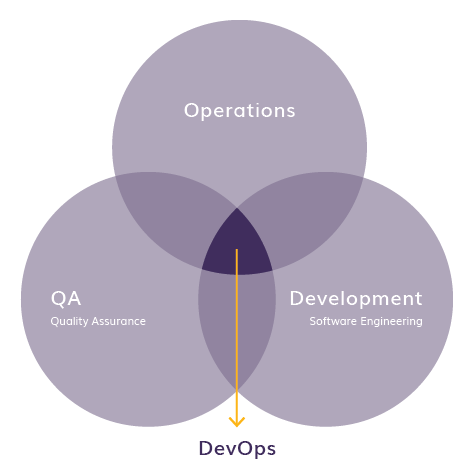We hear this often: What is DevOps? It’s a culture of trust and collaboration in which professionals use the right tools to achieve continuous delivery of business value.
Below we take a closer look at the problems that exist today in delivering business value and how DevOps provides a solution.
Agile Promise, Agile Failings
Agile development promised better collaboration and faster feedback. The focus was on the work and people doing the work over the tools. This has led to rapid software feature creation.
But where it has failed is in rapid feature delivery and operations. Agile was only designed to consider the business and developers working closely together to manage expectations and constantly respond to changing business priorities. In this endeavor, agile works wonderfully.
Delivering features requires a release to production. The problem gets worse when you have multiple agile teams working on a single code base. Many enterprise agile programs still struggle to release more than quarterly.
In essence, Agile is a very good development methodology, but it is not a release and maintenance methodology. So, IT challenges continue to exist…





